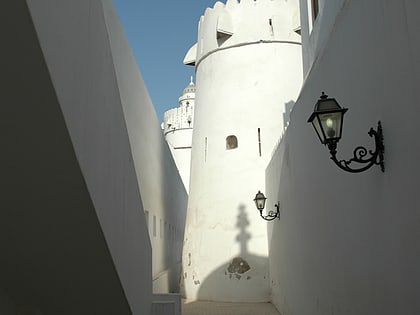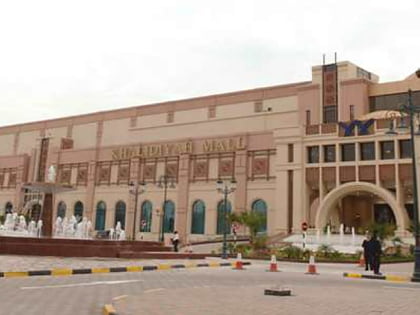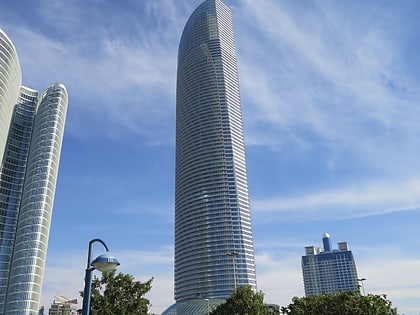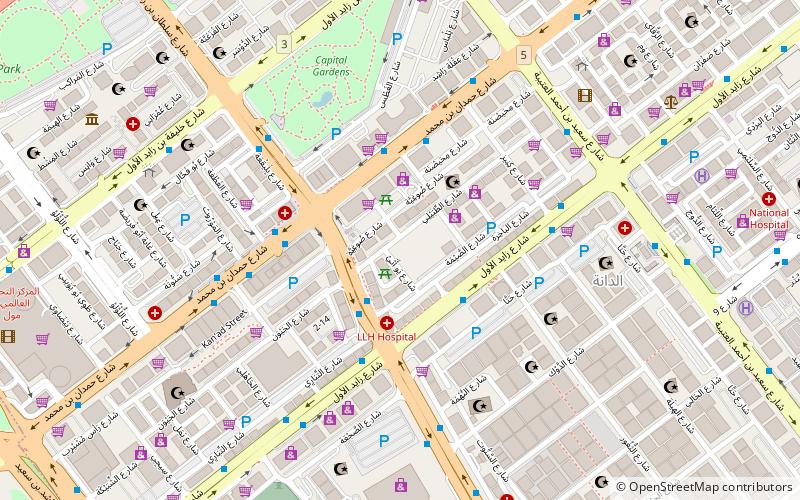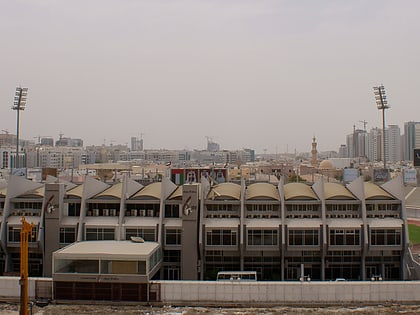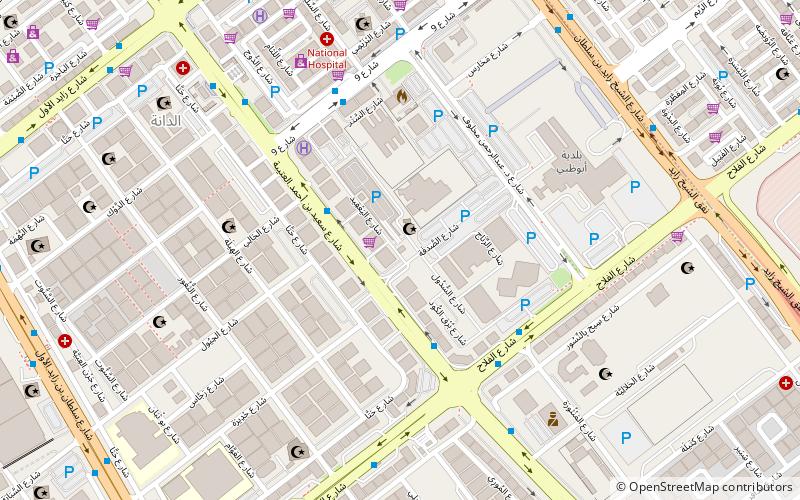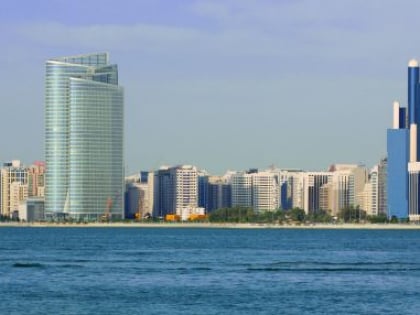Qasr al-Hosn, Abu Dhabi
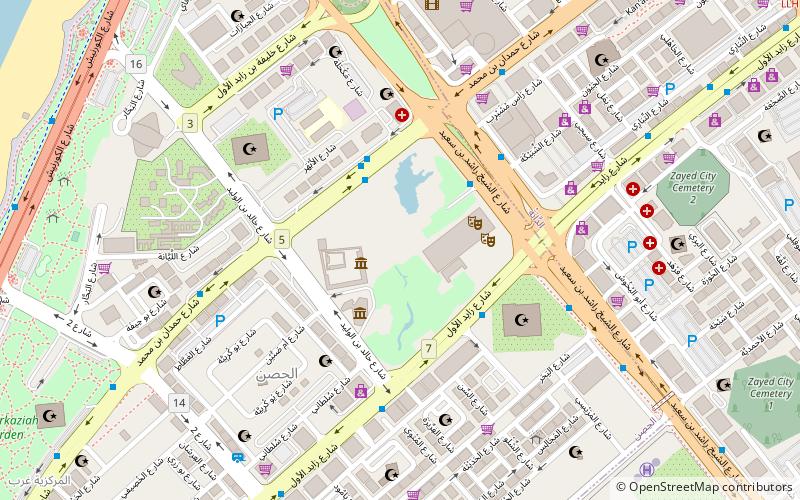

Facts and practical information
Qasr al-Hosn, known as the White Fort or Old Fort, is the oldest stone building in the city of Abu Dhabi, United Arab Emirates. With its origins dating back to the 18th century, it stands as a proud emblem of Emirati heritage and architectural prowess. Initially constructed in 1761 as a coral and sea stone watchtower to protect the only freshwater well in Abu Dhabi island, it was expanded into a small fort in 1793 by the ruling Sheikh Shakhbut bin Dhiyab Al Nahyan and later became the permanent residence of the ruling Sheikh's family.
Over the centuries, Qasr al-Hosn has witnessed the transformation of Abu Dhabi from a small fishing and pearling village into the modern metropolis it is today. The fort has undergone several renovations, the most recent of which was completed in 2018, turning it into a museum that showcases the history and culture of Abu Dhabi. The structure is a testament to the traditional Emirati craftsmanship, with its high protective walls and watchtowers.
The fort's interior is a maze of rooms and courtyards, each telling a different part of the UAE's story, from the discovery of oil to the unification of the Emirates. Artifacts, photographs, and interactive displays provide visitors with an immersive experience, tracing the nation's journey from its humble beginnings to its current status as a global powerhouse.
Qasr al-Hosn is more than just a fort; it is a cultural foundation that hosts various events, including the annual Qasr al-Hosn Festival, which celebrates the country's history and traditions. The fort is open to the public year-round, offering a unique opportunity to explore Abu Dhabi's oldest heritage site and gain insight into the lives of the Emirati ancestors.
Qasr al-Hosn – popular in the area (distance from the attraction)
Nearby attractions include: Khalidiyah Mall, Corniche Beach Abu Dhabi, The Landmark, Salwa Zeidan Gallery.
